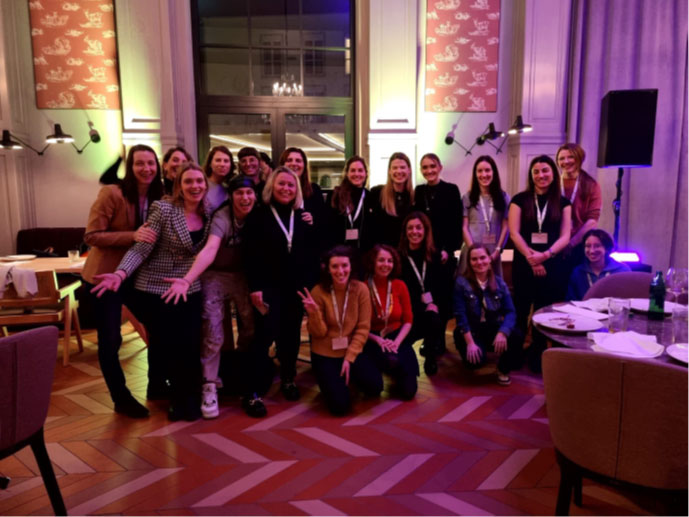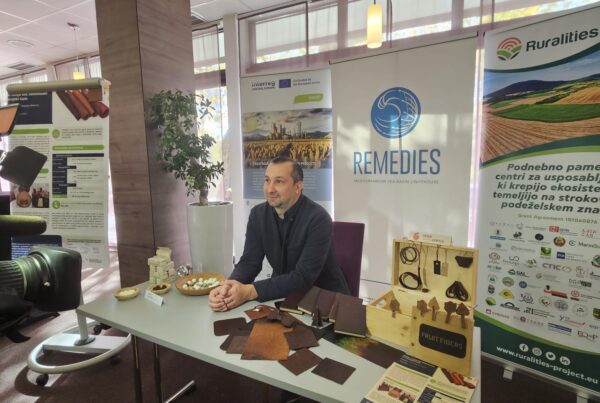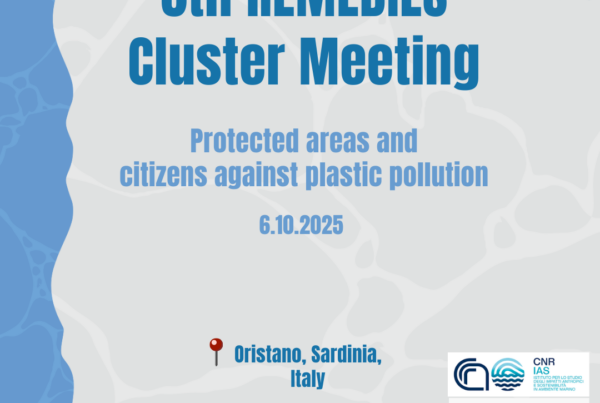
Sciences have been predominantly a workforce occupied by men, but significant changes have happened during the last century. Women have not been recognized for their work, value and their contributions to science and in some cases they have been almost erased from critical historical moments in scientific breakthroughs. Thankfully that has been changing and more women scientists are recognised, namely for their discoveries on elements that we use on a daily basis nowadays. That’s why, on the 11th of February, we celebrate in REMEDIES project Women in Science day, in order to honor and recognize Women’s contribution to science and our evolution as society and as human beings.
During the last few years, more names of women scientists came to light and actually showcased that they were in charge of major discoveries along history, with no recognition for their role. For example, Rosalind Franklin was the first person to develop Photo 51, a photo depicting the structure of human DNA. However, her name was erased from this discovery for many years, and her work was signed by her male colleagues leaving her in the shadows. Rosalind Franklin was not the only one whose name was erased, many more women in sciences were overshadowed by their male colleagues. This was also the case of the Matilda Effect.
The Matilda Effect was named after Matilda Joselyn Gage, a feminist sociologist who wrote the essay ‘’Woman as an Inventor’’ in 1883. In the essay she explains and names all the scientific discoveries that were done by women. A lot of women in STEM sciences came to light with her help, but even then, a century later, it was still believed that the only known woman scientist was Marie Curie. Back then it was not a common exercise for women to fight for the credit of their work or if they did they would not be heard or believed.
Even today, women and girls in STEM are still overpowered by men in workforce environments in spite of all improvements we have made. This usually happens as from a young age, girls are showcased to an environment that doesn’t encourage them to thrive in mathematics, physics, or computers because of the stereotype that they are considered ‘’manly’’ majors. While boys are introduced to science from a young age, girls are encouraged to follow social and humanitarian sciences. In the last couple of years, small steps are happening and more girls and women are getting into STEM contributing to a more diverse ecosystem.
Through small steps more young girls have been encouraged to get into engineering, physics, mathematics, or computers, as it’s shown by statistics the percentage of women studying STEM has grown. Nowadays, 57% of academic students in these sectors are women, who are making a change, encouraging more girls and women to actually chase their goals and not be set back because of social gender roles.
What could be done to change that percentage and encourage them to chase a scientist career?
- Fix the system, support and give the deserved merit to women.
- Become aware of implicit and explicit biases.
- Create a network of mentors and sponsors for women.
- Value women’s work, promote them in leadership positions and in the hierarchy.
- Be aware of the stereotypes either by language or actions..
We in REMEDIES, acknowledge and say thank you to all Women, but especially to REMEDIES women, who are making changes every day and contributing to our evolution, with their research and action to protect our waters and our planet’s future!





